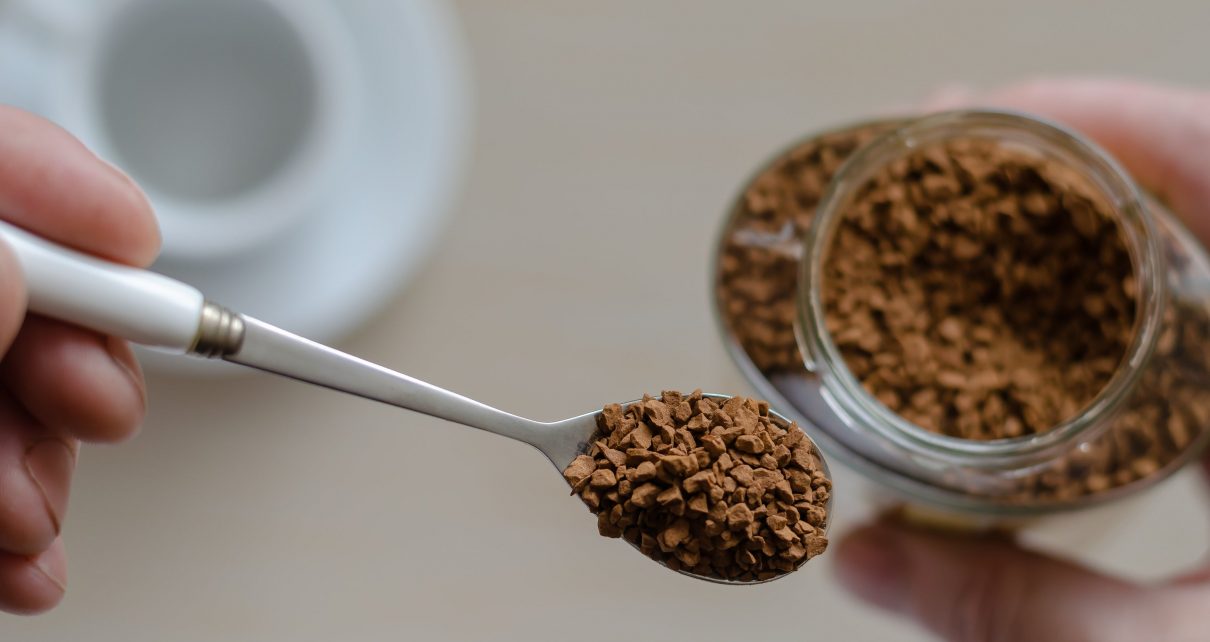With the economy tanking, unemployment skyrocketing, schools slamming their doors and the Big Ten and PAC-12 conferences canceling fall football, America is a country looking for an answer to COVID-19 yesterday. And one might be available—if you can handle instant coffee rather than espresso.
The coffee analogy is one used by Michael Mina, assistant professor of epidemiology at the Harvard T. H. Chan School of Public Health, and it’s meant to describe the functional difference between two approaches to rapid testing for the virus. In this case, easy and cheap—instant coffee, that is—may very well be better.
“This is the most important potential tool that could exist today,” Mina said in a recent interview. “We pretty much have a different way…to stop community transmission in the absence of a vaccine—and it is sitting right in front of us.”
Daily or near-daily testing could be the key to opening our society, and that comes down to making the tests widely available and affordable. If you had the option to test yourself in the morning by spitting into a tube (or swabbing your nose) and waiting 15 minutes for the results, and if it cost you no more than a couple of dollars, wouldn’t you jump at that chance?
Mina breaks down the existing tests into two camps. “Espresso coffee” tests are reverse transcriptase polymerase chain reaction (RT-PCR) tests or deluxe antigen tests, and several manufacturers, like Mesa Biotech, Quidel and Becton, Dickinson, have already been granted Emergency Use Authorization (EUA) by the Food and Drug Administration (FDA). These tests are highly sensitive, require a machine to churn out the results, and are expensive—anywhere from $30 to $150 per test. They also may have longer turnaround times; even Yale University’s SalivaDirect, which just received EUA on August 15 and costs only about $10, must be submitted to and processed by a central laboratory.
In sharp contrast lie the “instant coffee” rapid paper antigen tests, including those made by E25Bio and Sherlock Biosciences, and one under development by 3M and MIT. These are fast, simple to use, at-home tests, and some are really inexpensive: about $1 to $5 per test. They are called lateral flow assays, but manifestly they are paper-strip tests that have an antibody embedded on filter paper. If a saliva sample has coronavirus present, the antibody will bind that viral antigen, turning the test positive, much like a pregnancy test works. Though the tests have much lower sensitivity than PCR tests overall, one advantage they have is that they do not detect leftover, inactive viral RNA particles, which may be present days to weeks after a person is infectious.
Here’s the key: What is more important than a perfect test is one that turns positive during the time period in which an individual can spread the virus to others—and that’s, purportedly, what these cheap tests do well. Generally, disease transmission in COVID-19 is believed to begin early—several days before one becomes symptomatic. Viral load levels peak early and then they gradually decline, with an individual unlikely to be infectious approximately eight to 10 days after showing symptoms.
Though efficacy needs to be better proven, these antigen tests are efficient at detecting virus at high viral loads. When they are used frequently during this period of infectivity, Mina believes their sensitivity and performance would far exceed that of a single PCR test. At any rate, Mina and his colleagues have demonstrated in their statistical models that public health surveillance depends much more on frequency of testing and rapid reporting of results than it does on the comparative sensitivity of the tests themselves.
If everyone made use of such an affordable alternative, we could very quickly get this pandemic under control. A positive COVID-19 test would mean the individual stays home; a negative test would mean he/she goes to work, or school or practice, or to shop or dine. Under this approach, the prevalence of the virus in the community would drop considerably—and contact tracing wouldn’t be needed, because everyone would already be doing the testing.
Like almost everything connected with our effort to control COVID-19, the research related to this rapid-test system is not perfect. Mina and his colleagues acknowledged several important limitations to their study, among them potential manufacturer variations in testing characteristics, improper clinical sampling, possible assumptions made related to viral kinetics and perhaps an erroneous belief that everybody would participate in such a plan.
But the bigger problem may be finding the tests at all. Why haven’t we seen them in the drug stores? The answer is that the FDA is holding developers of these tests, like E25Bio, to the same high sensitivity standards as those required for molecular grade diagnostics. Without being granted an EUA, the companies are not manufacturing the tests. Mina and others argue that a paradigm shift is needed, so that rapid antigen tests are recognized as a “public health tool,” which when combined with frequent use, will identify infectious individuals.
It will likely take placing the full weight of the federal government (or someone of influence, like Bill Gates) behind these companies in order to shore things up, further vet the test’s accuracy during the window of infectivity, solve regulatory issues and rapidly ramp up production, so that 50 million to 150 million tests could be performed by Americans each day. Given how low-tech the strips are, such mass production should be feasible.
This type of frequent, low-cost surveillance testing of people at home—especially while they’re asymptomatic—would go a long way toward helping contain our current outbreak. This could be the key we have all been looking for to unlock our front doors and get back to business—or pleasure.
Dark Roast Instant, anyone? I’m buying.


